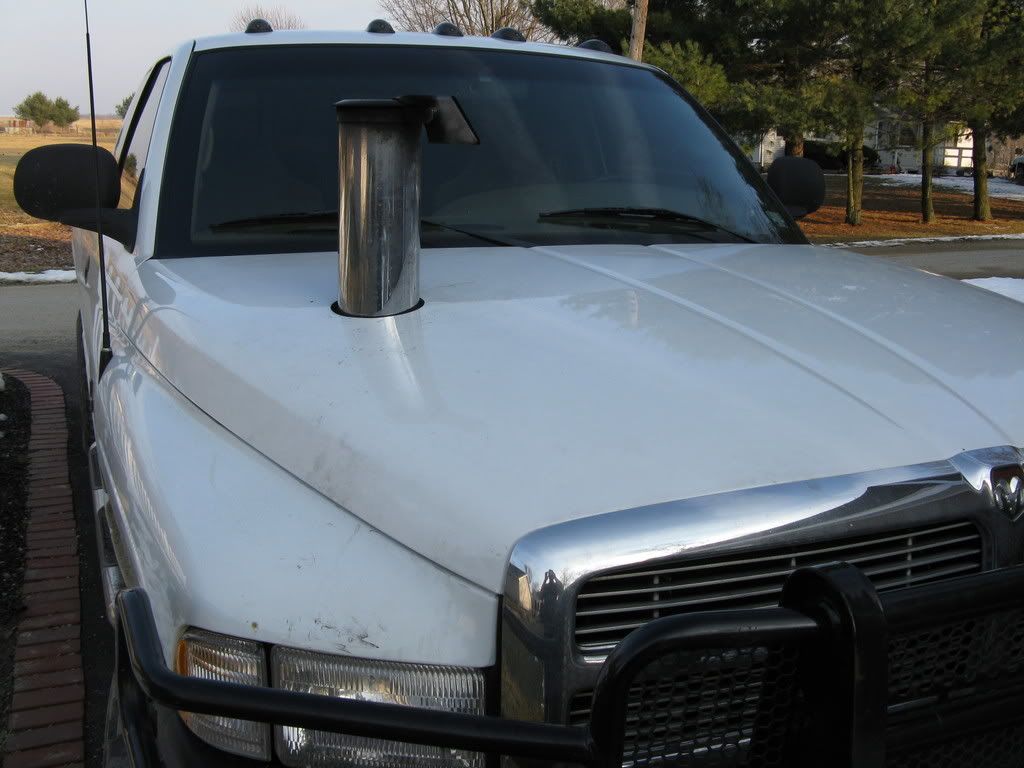Grendahl
Does not play well with others
I think we mostly agree here, but your drawings have the pluses and minuses switched. Bernoulli's Law dictates that when the velocity of a flow decreases the pressure increases. Think of the windshield as an air dam. The flow of air over the hood pushes against the windshield and forces the air to slow down and increases its pressure. The high velocity air that flows up and over the windshield must necessarily be lower pressure. Using the snowflake example you used earlier, if the air close to the glass was lower pressure than the air flowing over the windshield the snowflakes would be pulled into the low pressure region and impact the glass. The fact that the snowflakes push away from the glass is further evidence that the pressure in that area is higher than in the high velocity flow region further away from the windshield. Another example is the effect of a large rock in the middle of a flowing stream. If you look closely you can actually see that the water level on the upstream side of the rock is higher than water that is flowing around either side. The flow of water is pushing against the rock and creating a high pressure zone which actually pushes the surface of the water upward.



